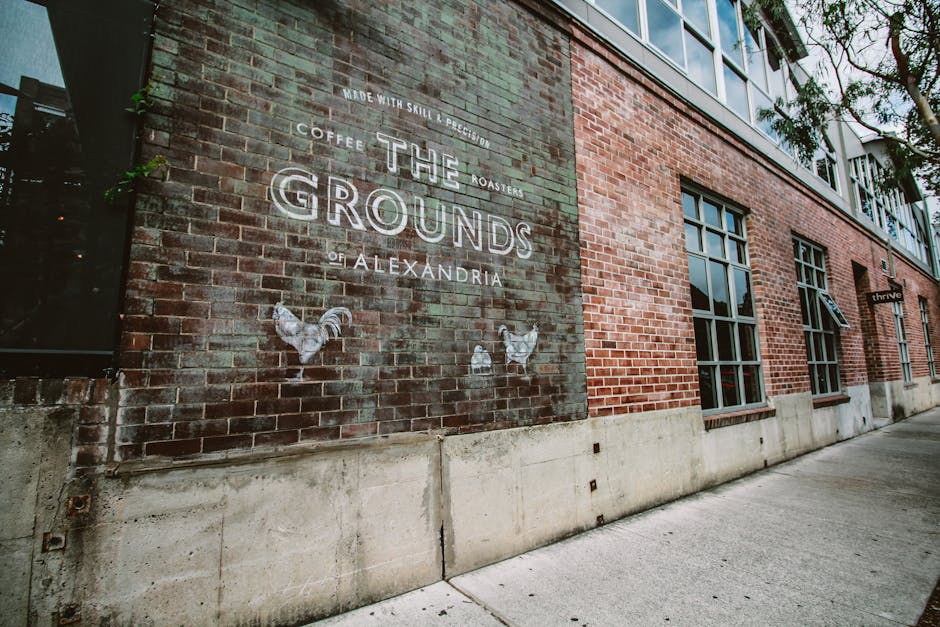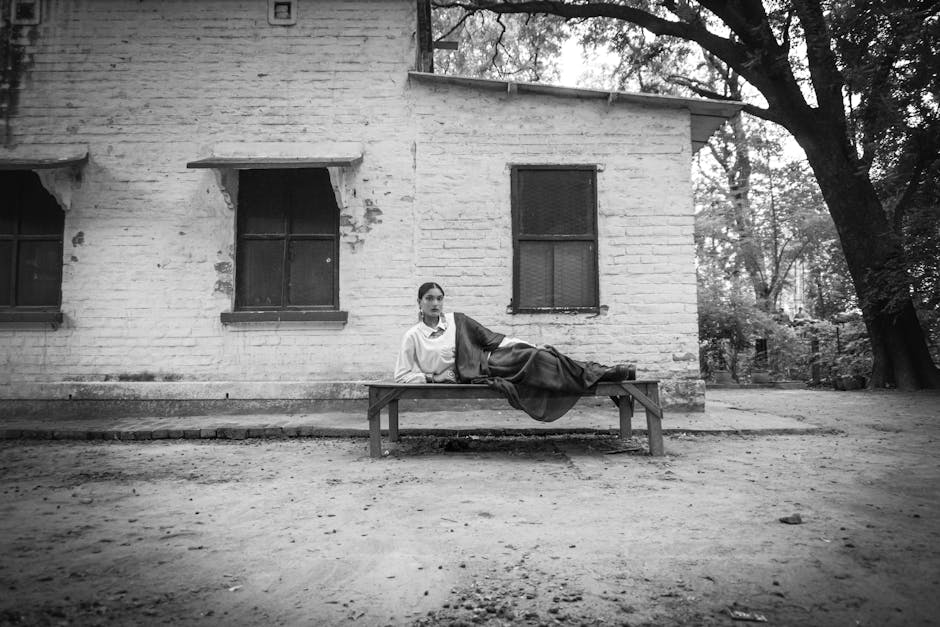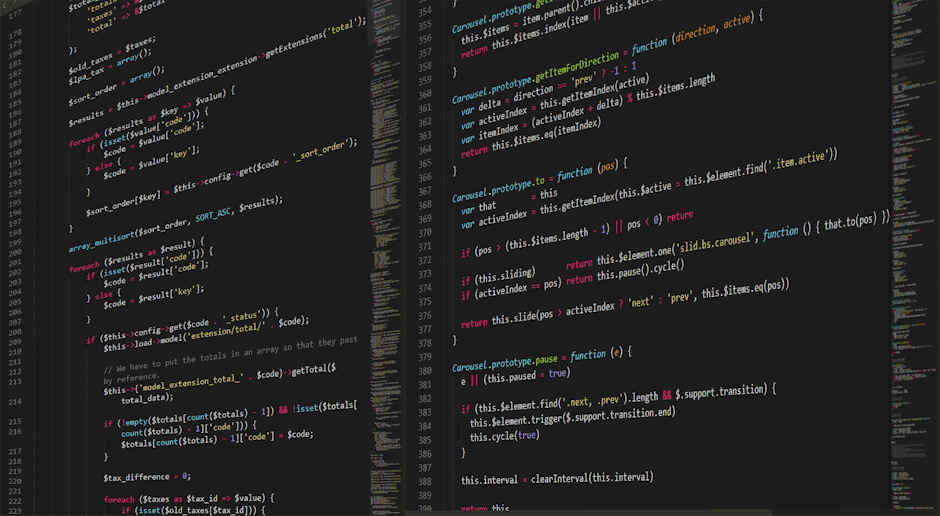
The air in New York City? Man, it’s a whole thing. You wake up, maybe you glance out the window, and sometimes it just… hits you. Not always a smell, not always a visible haze, but a feeling. A sort of heaviness, a weird edge to the light. It’s 2025 now, and we’ve gotten way more tuned into what we’re breathing. The Air Quality Index, AQI, for NYC isn’t just some number on a government website anymore; it’s practically part of daily life for a lot of us. It tells us whether that day’s outdoor jog is a good idea or if we should stick to the treadmill. And it ain’t always pretty.
For folks living here, or even just visiting, knowing about the air you’re taking in is, well, pretty important. It directly impacts your lungs, your heart, maybe even your mood. What’s in that air? Tiny bits of stuff you can’t see, gases that shouldn’t be there, things kicked up by cars, buildings, even factories far away. It all floats around, and sometimes, thanks to the way the weather works, it just hangs out over our island.
Why New York City’s Air Quality Matters So Much
This city, it’s alive, right? A buzzing, crowded, incredible place. But all that life, all that activity, it comes with a price. Millions of people, thousands of cars and buses, construction cranes that seem to be everywhere, buildings heating and cooling – it all contributes. You can’t exactly escape it. So, what’s floating around ends up in our lungs. It’s not just about some abstract environmental idea; it’s about real people, right now.
Think about it. On any given day, a whole lot of us are out there: walking to work, waiting for the bus, chilling in Central Park, just existing. Kids are playing in playgrounds. Older people are going for their morning strolls. All of us are exposed to whatever’s in the air. When the AQI creeps up, especially into those orange or red zones, it’s not just an advisory; it’s a call to action for some folks, or at least a warning to stay inside.
What’s interesting is how much things have shifted, even in just a few years. Back in, say, 2023, those crazy wildfire smoke events from Canada? They totally changed the conversation around air quality here. Before that, most New Yorkers probably didn’t think too much about it unless they had asthma. Now, you hear people talking about PM2.5 and ozone levels over coffee. That shift, I believe, is a good thing. We’re more aware, more prepared.
The Usual Suspects: What Makes Our Air… Not So Great
Okay, so what exactly is making the AQI jump around? It’s usually a mix of a few main things.
First off, there’s Particulate Matter, often called PM2.5. These are super tiny bits, smaller than a human hair, that get stuck in your lungs and even go into your bloodstream. They come from cars, trucks, factories, even burning wood (though less of that here). When you see those hazy days, especially with wildfires, PM2.5 is a huge player.
Then there’s Ozone, the bad kind. Up high in the atmosphere, ozone is good, protecting us from the sun. But down here, at ground level, it’s nasty. It forms when pollutants from cars and industry react with sunlight and heat. So, on hot, sunny summer days? Watch out for ozone. It’s a real lung irritant.
Other things, too: Carbon Monoxide from vehicle exhaust, Sulfur Dioxide from power plants, Nitrogen Dioxide mostly from burning fossil fuels. They all play a part, some more than others on different days. What’s wild is how much of our air quality isn’t even made here. Prevailing winds bring in stuff from other states, even other countries sometimes. It’s like, we’re doing our bit, but we’re also breathing in someone else’s problem.
When the AQI Climbs: Health Stuff and Real-Life Adjustments
When the AQI gets high, especially above 100 (which is “unhealthy for sensitive groups”), it’s not just a statistic. It’s a cue for people to change their plans. For sensitive folks – like kids, older adults, anyone with asthma, bronchitis, or heart issues – those higher numbers can mean real trouble. Coughing, wheezing, shortness of breath, chest pain. Seriously. Even healthy people can feel it sometimes, a sore throat or just feeling sluggish.
I remember this one summer day last year, the AQI shot up to like, 150. My friend, who usually runs every morning, had to just stay inside. He’s got pretty mild asthma, but that day, he said his chest felt tight just walking to the kitchen. It’s a bummer, but that’s the reality. Schools might limit outdoor activities, especially gym class. My kid’s school even sent out texts telling parents to keep kids indoors if possible. People with chronic conditions, like my aunt with COPD, have to be super careful. Sometimes they wear masks outdoors, even when it’s not virus season.
It changes little things, too. Instead of meeting friends at the park, maybe we pick an indoor coffee shop. Instead of walking, you hop on the subway. For some businesses, like outdoor cafes, it can even affect their bottom line on those bad days. It’s a ripple effect, right?
Checking the Air: Your Daily AQI Ritual (or How It Should Be)
So, how do we know what’s what? Luckily, there are a bunch of ways to check the AQI. The city’s Department of Health and Mental Hygiene, they’ve got a system. You can check the NYC Air Quality website, or apps on your phone. Many weather apps even have an AQI reading now, which is pretty handy. The EPA’s AirNow.gov is another solid source, it’s got real-time maps.
What I typically do, if I’m planning anything outdoors, is just a quick check on my phone. Takes two seconds. If it’s green or yellow, cool. If it’s orange, I think twice about a long run. Red? Nope, definitely not. Purple? That’s really bad, stay inside. Knowing those numbers, and what they mean for you, is key. It’s not just some general warning. What’s healthy for a young athlete might be really dangerous for an elderly person with heart issues.
NYC’s Fight for Cleaner Air in 2025 and Beyond
It’s not all doom and gloom, though. New York City, for all its challenges, has been trying to clean up its act. The push for electric vehicles, more bike lanes, better public transit, even green building standards – it all contributes. There are city programs aiming to reduce emissions from buildings, for instance, which is huge because our old buildings are big energy users. What’s interesting is how much community groups are doing. They’re often on the front lines, advocating for changes in their neighborhoods, pushing for things like cleaner bus fleets or planting more trees.
I think by 2025, we’ve gotten way more serious about this. There’s chatter about new regulations for delivery trucks, maybe even more pedestrian zones. It won’t be an overnight fix, no way. But every little bit helps. And that awareness we talked about earlier? That’s probably one of the biggest drivers for change. When enough people care, really care about what they’re breathing, things tend to shift. It’s got to. Our health, it really does depend on it. This stuff isn’t just for scientists or politicians, it’s for everyone.
Looking Ahead: The Ever-Changing Air
So, what’s next for AQI in NYC? We’re probably going to see more of the same challenges, honestly. Climate change isn’t going anywhere, so those wildfire smoke events? They might just become a regular feature of our summers. That means we need to adapt, get better at predicting these things, and warn people faster. Maybe even find ways to filter air in public spaces more effectively.
But also, I believe there’s a lot of hope. The technology for monitoring is always getting better. There are these little sensors now that individuals can buy, getting hyper-local readings. Imagine if every block had one of those, feeding into a real-time, block-by-block map. That would be pretty wild, huh? Knowing exactly what the air is like right outside your apartment door. It’s a complicated problem, the air we breathe, but it’s one we absolutely have to keep working on.
Frequently Asked Questions About AQI in NYC
1. What exactly does the AQI number mean for New Yorkers?
Basically, the higher the number, the more polluted the air. Green (0-50) is good, yellow (51-100) is moderate, orange (101-150) is unhealthy for sensitive groups, red (151-200) is unhealthy for everyone, and anything above that is really bad. It tells you if you should be changing your outdoor plans.
2. Does wildfire smoke from other regions always affect NYC’s air quality?
Not always, but it definitely can. It depends on how strong the fires are, how far away they are, and most importantly, the wind patterns. If the wind blows smoke east, we get it. If it blows north or south, we might dodge it. But with climate change, we’re seeing more of these events, so it’s becoming a bigger factor for our air quality.
3. What are the best ways to protect myself when the AQI is high in NYC?
Staying indoors with windows closed is probably the easiest thing. If you have an air purifier, use it. If you must go outside, wearing a good quality mask, like an N95 or KN95, can help filter out some of the harmful particles. And definitely try to avoid strenuous outdoor activity like running or heavy exercise.
4. Are there any parts of NYC that consistently have worse air quality than others?
Yeah, typically, areas with lots of traffic, near major highways, or close to industrial zones tend to have higher pollution levels. Often, these are neighborhoods that are also low-income, which isn’t fair. Parts of the Bronx or Queens, for example, might see higher numbers more often due to truck traffic or proximity to ports. It varies, though, depending on the day and the specific pollutants.
5. What is NYC doing to improve its air quality in 2025 and beyond?
The city is pushing for more electric vehicles and buses, stricter emission rules for buildings, and promoting public transit and biking. There are also efforts to plant more trees, which can help clean the air, and community-led initiatives trying to reduce local pollution sources. It’s a mix of big policy changes and smaller, neighborhood-level work.






